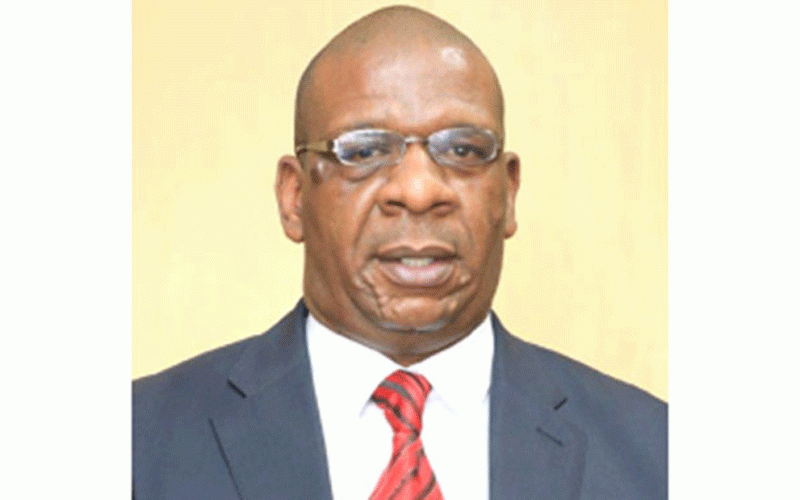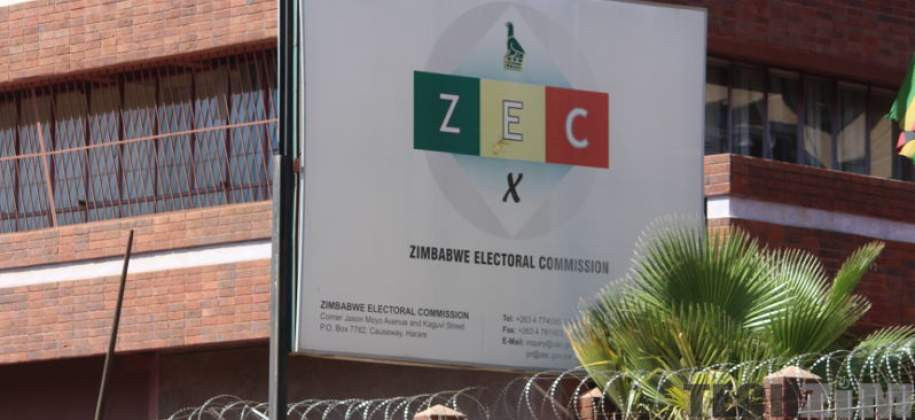
THE government slashed its 2024 growth estimates to 2% yesterday, citing a ‘historic’ El Niño-induced drought that made initial projections difficult to achieve.
This marks a 1,5 percentage point downward revision from the 3,5% gross domestic product (GDP) growth estimate announced in the 2024 national budget last November.
Finance, Economic Development and Investment Promotion minister Mthuli Ncube announced the new figures during a mid-term budget review in Harare, highlighting a significant contraction from the 5,3% growth experienced in 2023.
“The domestic economy is now projected to grow by 2% in 2024, 1,5% below the 2024 national budget growth projection of 3,5% on account of the impact of the El-Niño induced drought, characterised by a historic dry spell, compounded by very high temperatures that undermined agriculture activity and output,” Ncube said.
“The positive economic growth will benefit from a resilient mining sector (+5,2%) and a robust service sector, particularly, accommodation and food services (+12%), information and communication (+11%), wholesale and retail trade (+5,8%) and financial and insurance activities (+5,6%).”
Ncube noted that the projection could improve if winter wheat output exceeds expectations.
“This has the potential to reduce the contraction of the agriculture sector and ultimately improve the overall GDP outcome for this year,” he said.
Initially, the agriculture, hunting, fishing, and forestry sector was expected to experience a negative growth of -4.9% due to the El Niño drought.
- ‘Zim’s retailers deserve a wage subsidy’
- ‘Zim’s retailers deserve a wage subsidy’
- Africa’s debt conundrum
- High input costs could hit crop output
Keep Reading
But, with the dry spell, this negative growth has been further slashed.
“The late onset and unreliable rains during the first six months of the season impacted negatively on planting activities, resulting in a 6% decrease in total area planted during the 2023/24 season from 3,8 million hectares to 3,6 million hectares,” Ncube said.
The national grain production is expected to reach 744 271 tonnes, which is 77% below the production levels achieved in the 2022/23 agricultural season.
“This is against the background of national grain requirements of 2,2 million tonnes for human, livestock consumption and the strategic grain reserve,” Ncube said.
“In this regard, the government is in the process of importing 300 000 tonnes of grain for the vulnerable population, as part of its food mitigation programme for the 2024 fiscal year. The private sector is complementing government efforts by importing the balance.
“Government will continue to put in place policy measures to promote inward transfers by diaspora, as a vital source of funding for economic development,” he added.
Ncube revealed that from January to June 2024, government borrowing for budget financing was primarily done through domestic debt market resource mobilisation.
“The total gross Treasury Bills (TB) issuance for budget financing for the period January to June 2024 amounted to ZiG2,3 billion,” he said.
Considering that the 2024 National Budget was formulated using the Zimbabwe dollar, at a projected economic growth of 3,5%, Treasury recalibrated the budget to Zimbabwe Gold (ZiG).
The Zimbabwe dollar was scrapped in April.
“Resultantly, total revenue collections were estimated at ZW$53,9 trillion, (18,3% of GDP) and expenditures of ZW$58,2 trillion with a financing gap of ZW$4,3 trillion (1,5% of GDP),” Ncube said.
The approved expenditure for the 2024 budget of ZW$58,2 trillion, converted to ZiG results in a budget envelope of ZiG87,9 billion.
The ZiG87,9 billion converts to US$6,37 billion at today’s rate.
During the first six months of the year, revenue collections amounted to ZiG36,5 billion (US$2,66 billion), against expenditures of ZiG38,9 billion (US$2,83 billion).
“Expenditures are therefore approximately 44,2% of the total approved budget,” Ncube added.
Ncube projected that revenue to year end will stand at ZiG93,2 billion (22% of GDP), against expenditures of ZiG96,8 billion and a deficit of ZiG5,6 billion (1,3% of GDP).
The ZiG93,2 billion converts to US$6,76 billion, while ZiG96,8 billion is US$7,02 billion.











